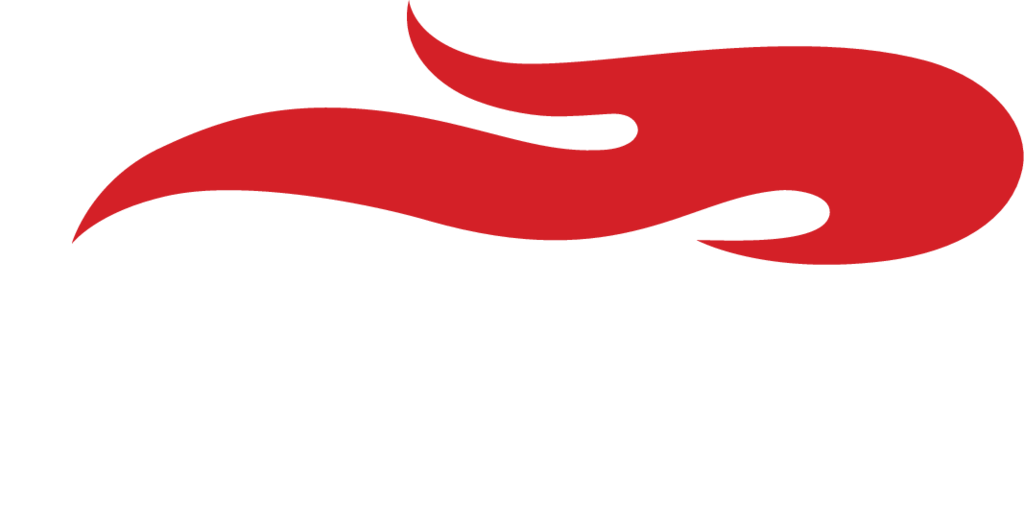Financial Aid Glossary
Get to know some of the terms you’ll hear most often as you explore your options for covering college costs. Need clarification on anything? Connect with your enrollment counselor.
Scholarships are earned based on certain criteria, such as academic merit, and don’t have to be repaid. These awards from SEU are based on academic merit, and are renewable by maintaining a cumulative GPA of at least 2.0. You may qualify for up to eight consecutive semesters for this type of scholarship. No application is required; these scholarships will automatically be applied based on your academic qualifications.
The total amount (not including grants and scholarships) that it may cost you to go to school during the 2024–25 school year. COA includes tuition and fees; housing and meals; and allowances for books, supplies, transportation, loan fees, and dependent care. It also includes miscellaneous and personal expenses, such as an allowance for the rental or purchase of a personal computer; costs related to a disability; and reasonable costs for eligible study-abroad programs. For students attending less than half-time, the COA includes tuition and fees; an allowance for books, supplies, and transportation; and dependent care expenses.
Represent costs that students are responsible to pay to Southeastern University. Costs on your aid offer are estimated and represent average expenses. Some students may have higher or lower costs based on specific choices (such as on-campus housing or a meal plan).
Loans that the U.S. Department of Education pays the interest on while you’re in school at least half-time, for the first six months after you leave school (referred to as a grace period), and during a period of deferment (a postponement of loan payments).
Loans that the borrower is responsible for paying the interest on during all periods. If you choose not to pay the interest while you are in school and during grace periods and deferment or forbearance periods, your interest will accrue (accumulate) and be capitalized (that is, your interest will be added to the principal amount of your loan).
The FAFSA is the first step to applying for financial aid, including federal student aid programs, and SEU grants and scholarships. The FAFSA application should be submitted annually via studentaid.gov.
Federal work study is a federal student aid program that provides part-time employment while the student is enrolled in school to help pay his or her education expenses. The student must seek out and apply for work-study jobs at his or her school. The student will be paid directly for the hours he or she works and may not automatically be credited to pay for institutional tuition or fees. The amount you earn cannot exceed the total amount awarded by the school for the award year. The availability of work-study jobs varies by school. Please note that Federal Work-Study earnings may be taxed in certain scenarios; however, the income you earn will not be counted against you when calculating your Student Aid Index (SAI) on your FAFSA.® FAFSA.®
Represent average costs students may have to pay to other parties throughout the academic year. Some students will have higher or lower costs based on specific choices (such as off-campus housing options, or book purchases).
Borrowed money that must be repaid with interest. Loans from the federal government typically have a lower interest rate than loans from private lenders. Federal loans, listed from most advantageous to least advantageous, are called Direct Subsidized Loans, Direct Unsubsidized Loans, and Parent PLUS Loans. You can find more information about federal loans at StudentAid.gov.
Upfront fees charged by a lender (including federal student loans) for processing a new loan application. It is compensation for putting the loan in place. Origination fees are quoted as a percentage of the total loan.
An estimate of the actual cost that a student and his or her family need to pay in a given year to cover education expenses for the student to attend a particular school. Net price is determined by taking the institutional cost of attendance and subtracting any grants and scholarships for which the student may be eligible. Visit SEU.edu/costcalculator to help estimate your cost of attendance.
A private education loan is a loan issued expressly for postsecondary education expenses to a borrower (either through the educational institution or directly to the borrower) from a private educational lender, rather than as a Title IV, HEA loan offered by the Department of Education.
A loan available to the parents of dependent undergraduate students for which the borrower is fully responsible for paying the interest regardless of the loan status.
If a student indicates they have unusual circumstances or indicates for the first time they are unaccompanied and homeless, or at risk of being homeless (without a designation from a specified entity), the FPS will consider the student to be provisionally independent and will allow them to fill out the FAFSA® form as an independent student. The SAI will remain provisional and not official until the student’s college makes a final determination. The Financial Aid Administrator (FAA) will determine if the student’s circumstances make them eligible to apply independently and, if so, make any necessary updates to formally make the student independent.
SAP refers to the requirement that students maintain a certain cumulative GPA and complete a certain percentage of attempted courses in order to remain eligible to renew federal aid annually.
A tuition payment plan offered by an institution may allow students to spread out their payments. It includes an extension of credit of 90 days or less in which the educational institution is the lender, or of one year or less where an interest rate will not be applied to the credit payment. Visit SEU.edu/paymentplans to learn more.
Benefits that help Veterans, service members, and their qualified family members with needs like paying college tuition, finding the right school or training program, and getting career counseling. You can find more information here: VA.gov/education.
The Official Clearance Process of SEU
To ensure that you’re able to start your classes on time and get the most out of your SEU experience, so be sure to follow these checklist items below. Once you do, you’ll be Fire Ready!
Fire Ready Steps
Fire Ready, the official clearance process of Southeastern University, is required for all students.
Traditional Undergraduate Students
Campus-based students must complete all steps in this process prior to arriving on campus each semester. Traditional students will need to submit their enrollment confirmation form before completing the steps below. Visit this page to view instructions for submitting this form.
Online, Partner Site, Master's, and Doctoral Students
These students must complete all applicable steps in this process prior to the start of classes each semester.
- No “in progress” grades
- Graduation date listed
- Full, official transcript
- No “in progress” grades
- Official transcript from each institution previously attended; includes dual enrollment, AP, IB, CLEP, and AICE credits
This step requires you to have set up your student account access. For traditional students, instructions were emailed to you after you submitted your enrollment deposit. For all other students, instructions were emailed to you after your acceptance. If you need help logging in to these systems, visit this page for details. Contact IT at helpdesk@seu.edu with any questions.
To register for classes, log in to the MyPortal (JICS) system. Through the MyPortal system, you’ll be able to see which classes are available, search for textbooks, view your course schedule and more. You will initially log in to your OneLogin Dashboard, and then navigate to MyPortal. Once you’re in, you are encouraged to change your password by following the prompts.
Your degree audit, located within MyPortal, will list the classes you have already taken and those that you still need to complete in order to qualify for graduation. The listing of required classes corresponds to your declared major. Here’s how to view your degree audit.
- Log in to MyPortal (JICS)
- Click the Student tab and then Degree Info
- Within the Degree Audit Portlet, click View All Details.
- Click Recalculate Student Progress** and then Grad Report
*Please allow up to 4 weeks from after your transcript is received for transfer credits to appear on the degree audit.
To review your next steps, log in to MySEU. Be sure to follow all Next Steps processes that apply to you.
All students are required to obtain financial clearance before they can be guaranteed their class registration and housing for the upcoming semester. This means your anticipated costs for the upcoming semester are fully covered with the use of approved financial aid (including scholarships, grants, and loans) and/or an approved payment plan.
- Learn about the Financial Clearance Process
- Access Net Partner to View Your Award
- Check Your Balance (after July 1)
- Explore Payment Plans (Please note: If you plan to use student or Parent PLUS loans to help fund your education, visit StudentAid.gov to access the required entrance counseling and master promissory note (MPN) needed.)
Contact Student Financial Services at sfs@seu.edu or 800.500.8760 with any questions.
All traditional undergraduate students will need to complete the required health forms and attach proof of their immunization history prior to registering for classes and/or moving into campus housing.
Visit this page to complete your health forms and view our immunization policy.
How to Check your Fire Ready Status
Log in to MyPortal (JICS) to see which Fire Ready categories show “Not Clear” in your profile, and take care of these steps prior to your arrival.
Note: The financial clearance component of this list will not be current until after your bill is sent.
Additional Steps
All Students
All students should complete the virtual orientation. There are virtual orientations available for each student type. Get started here.
Traditional Undergraduate Students
Traditional undergraduate students must also complete a housing application. If applicable, students should also choose a meal plan and complete the vehicle registration form. Get started here.
Additional Steps
All Students
All students should complete the virtual orientation. There are virtual orientations available for each student type. Get started here.
Traditional Undergraduate Students
Traditional undergraduate students must also complete a housing application. If applicable, students should also choose a meal plan and complete the vehicle registration form. Get started here.
How to Contact Us
Financial Aid | sfs@seu.edu
Housing | studenthousing@seu.edu
Campus Card | campuscard@seu.edu
Admission | admission@seu.edu
Advising | advising@seu.edu
Call us at 800.500.8760 for additional help, or visit this page to find your enrollment counselor.


